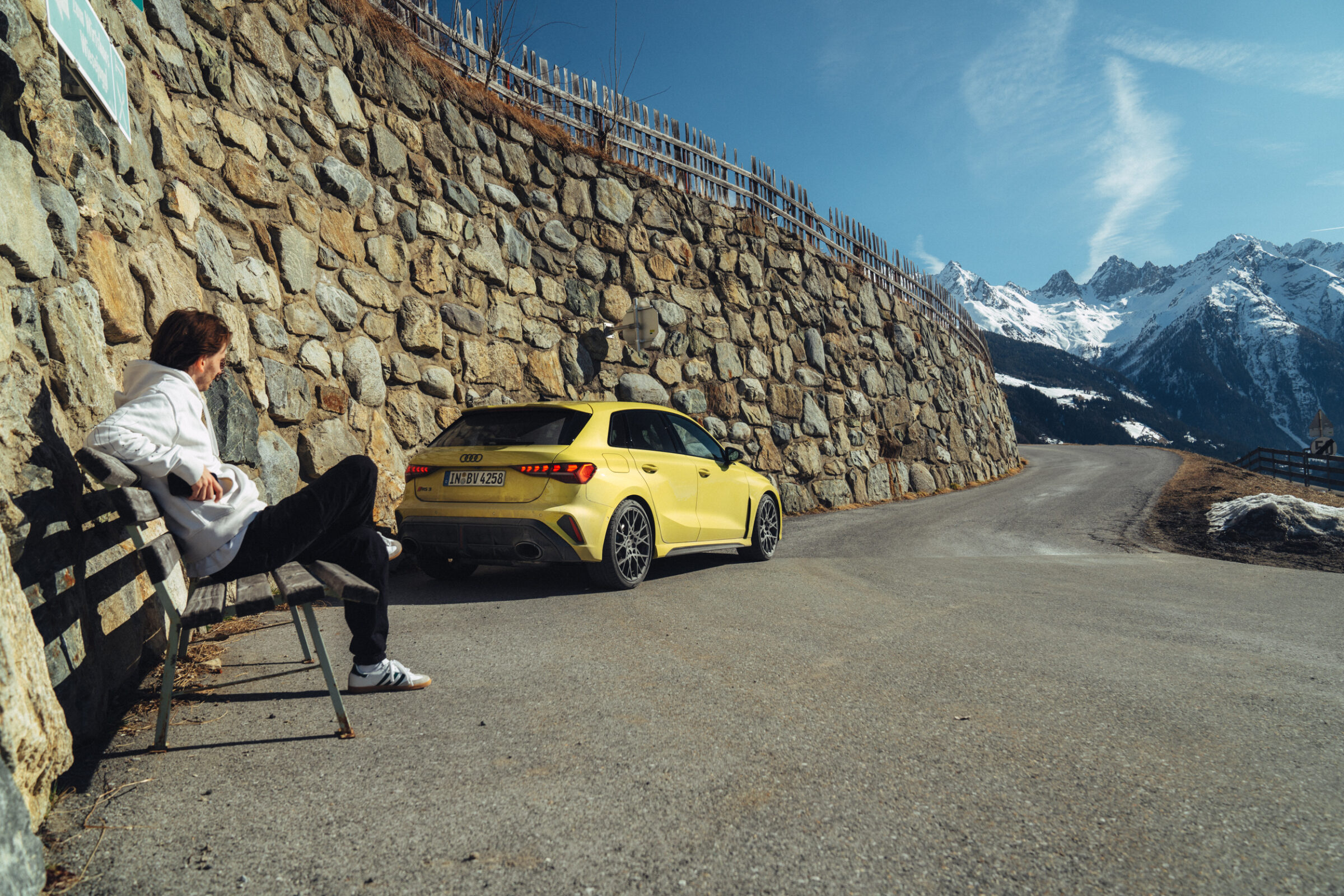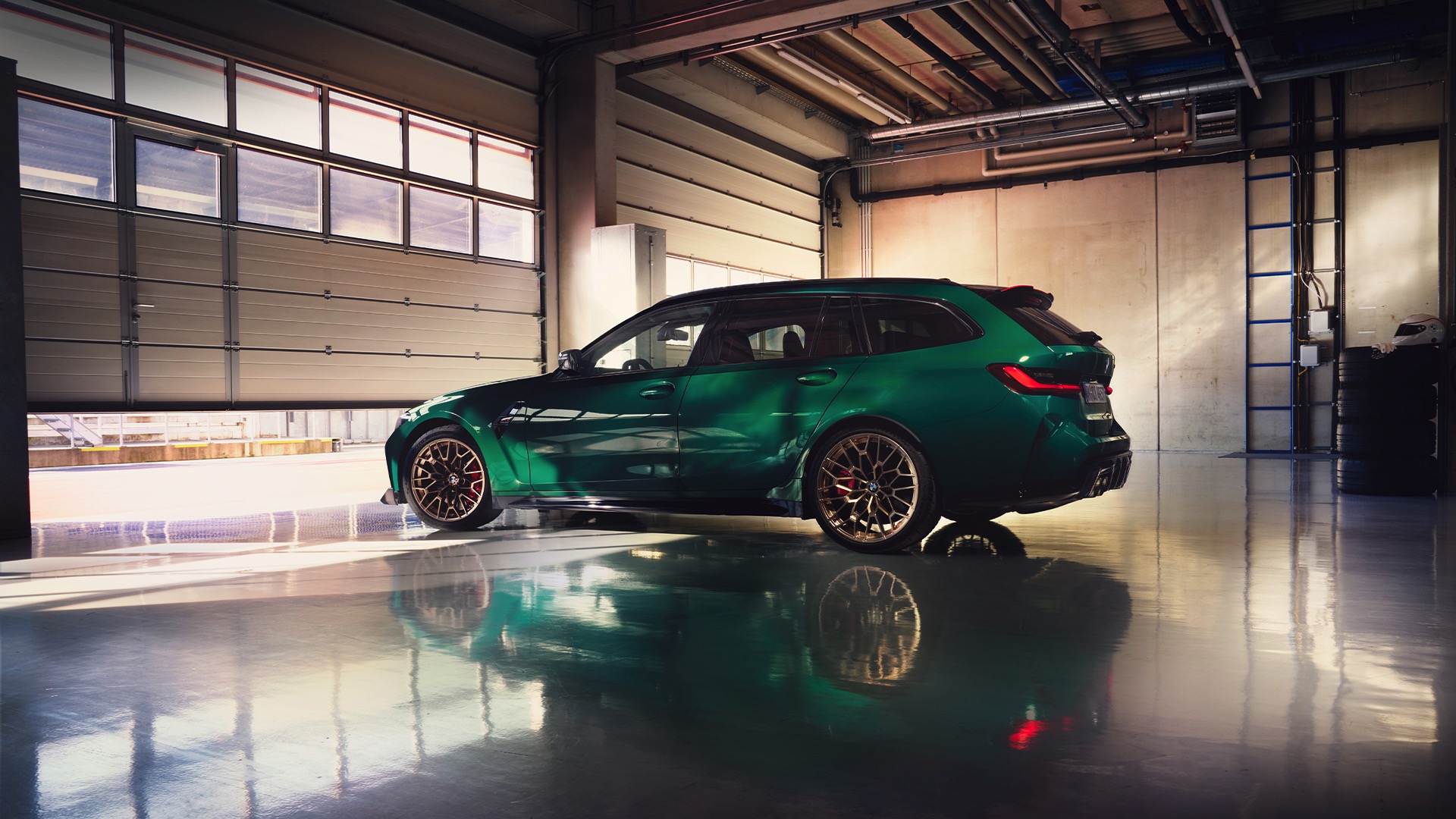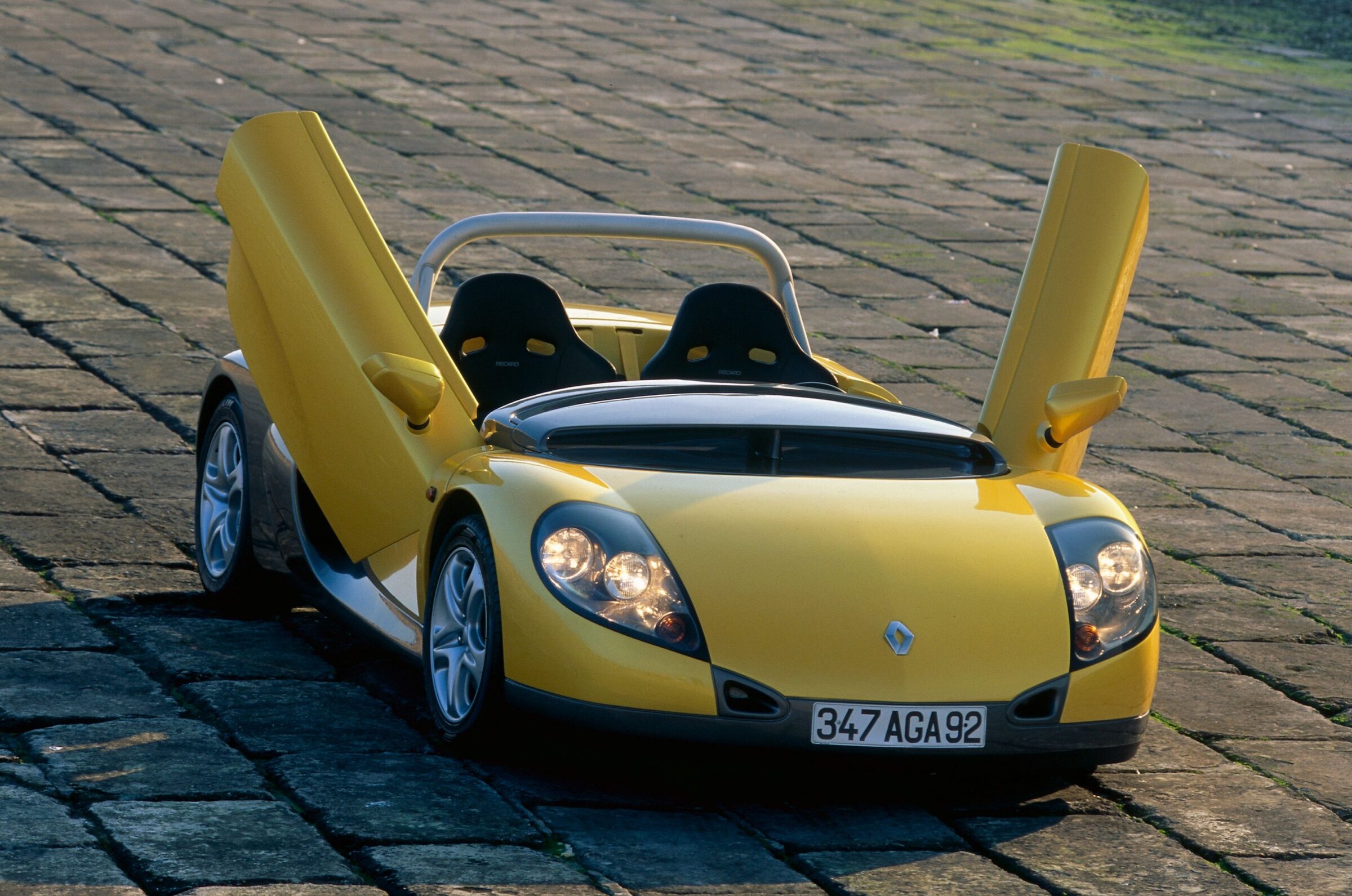NSU Sport Prinz
With the Prinz, NSU presented a car again in 1958 for the first time after World War 2. The Neckarsulm-based brand had actually already left this market in 1932, after operating the Heilbronn car plant together with Fiat from 1928. Most of the motorcycle production was destroyed during the war, which meant that NSU Motorenwerke entered the post-war period in a financially very weak position. However, thanks to sporting successes with motorcycles, the new managers managed to reposition the brand. The new machines were so successful that the engines were purchased and installed by Italian motorcycle builders. In this way, the necessary funds were raised to initiate automobile development once again in 1953. Initially, NSU was thinking of a three-wheeled cabin scooter. The 250 cc two-cylinder engine from the motorcycle model Max served as the power source.
First new passenger car development after the war
However, it was soon realized that the market for so-called scooters and microcars was dwindling. It was therefore decided to develop a fully-fledged automobile with four wheels under the name Prinz. From the outset, the company made use of the latest findings in aerodynamics and vehicle construction. In September 1957, the Prinz made its debut at the IAA (Frankfurt Motor Show) with a self-supporting body. Based on the Max engine, a power unit with a displacement of 583 cc had been developed that provided 15 kW/20 hp and was housed in the rear. This made a topspeed of 105 kph (65 mph) possible. An unsynchronized four-speed claw gearbox transmitted the power to the rear wheels. A sporty coupé was soon built on this basis to expand the model range. It was given the internal type number 41 and debuted in 1958 as the Sport Prinz.
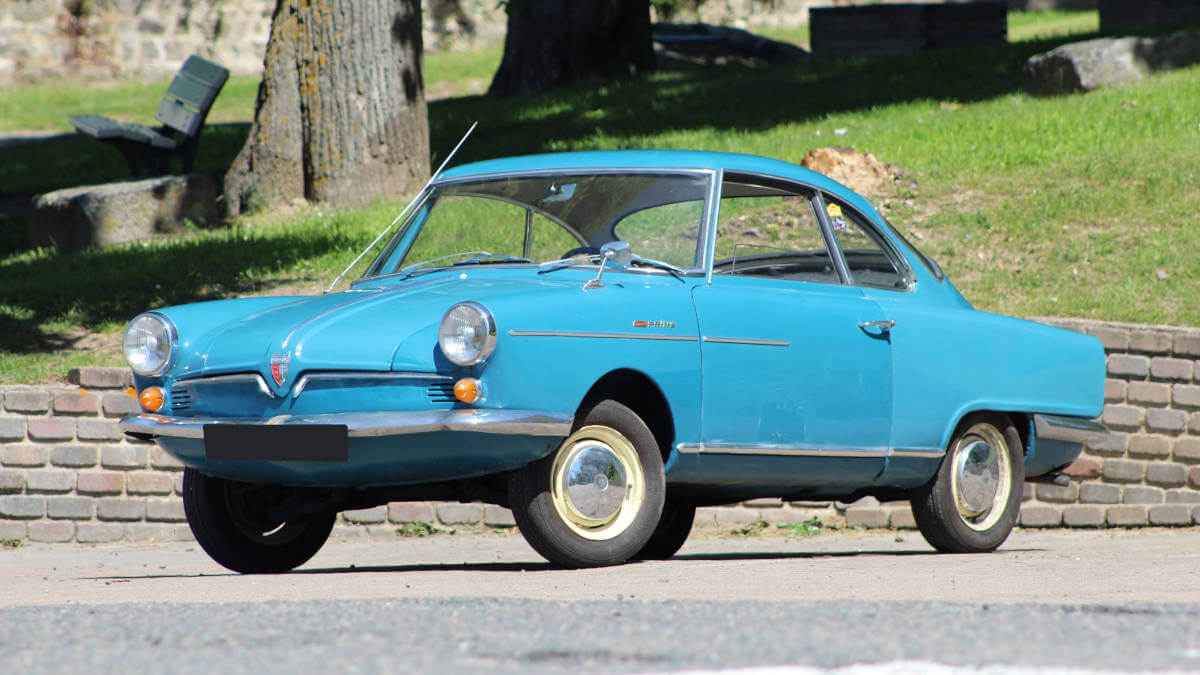

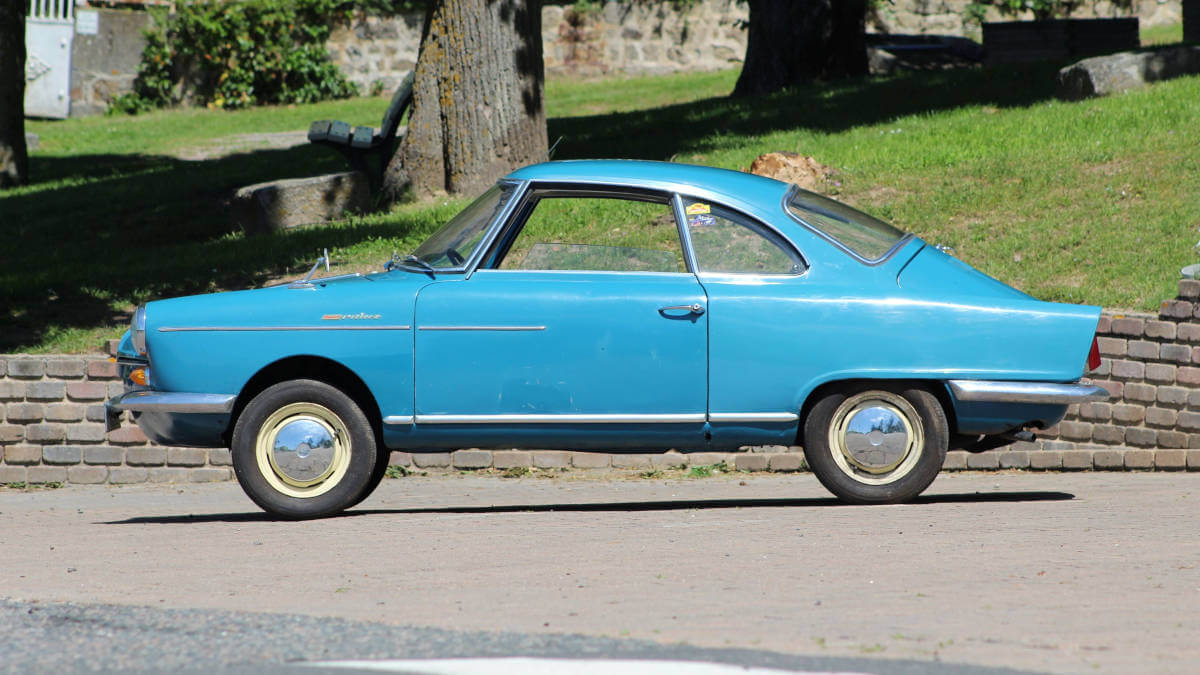

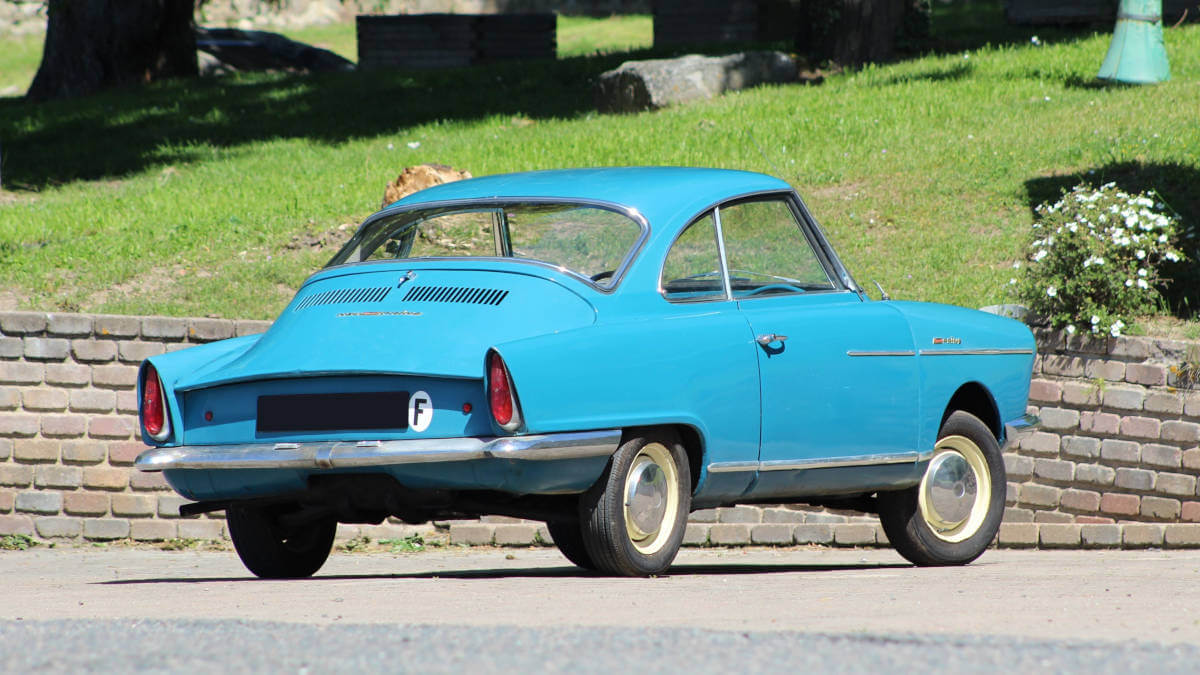

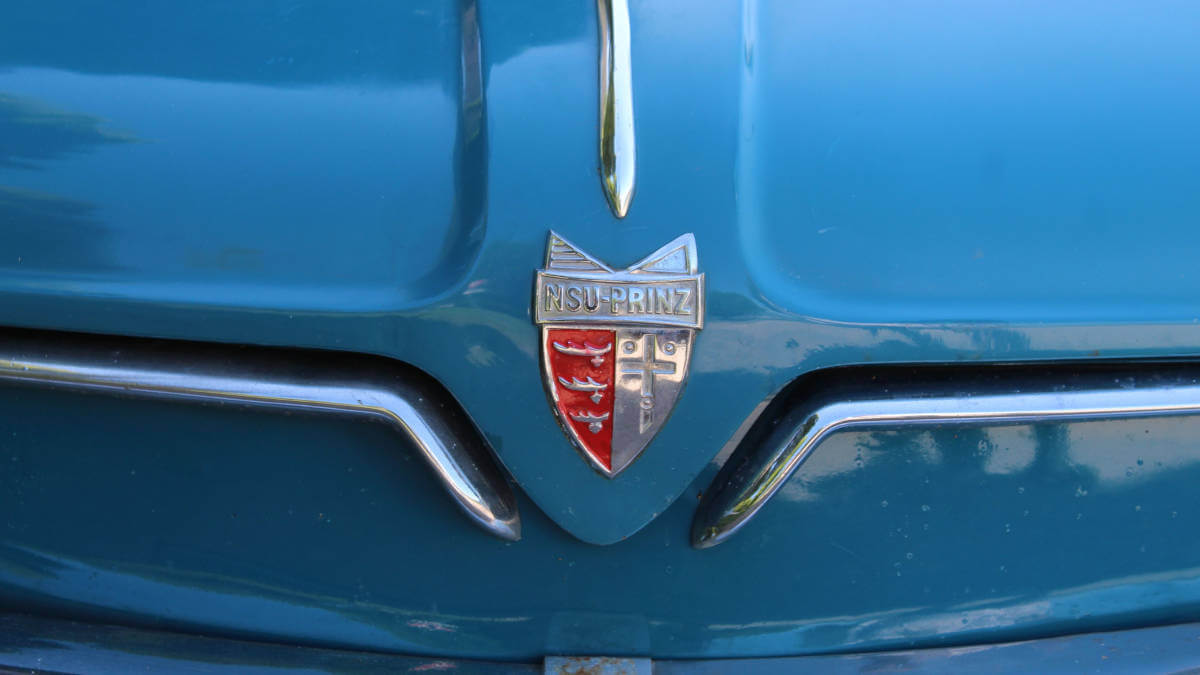

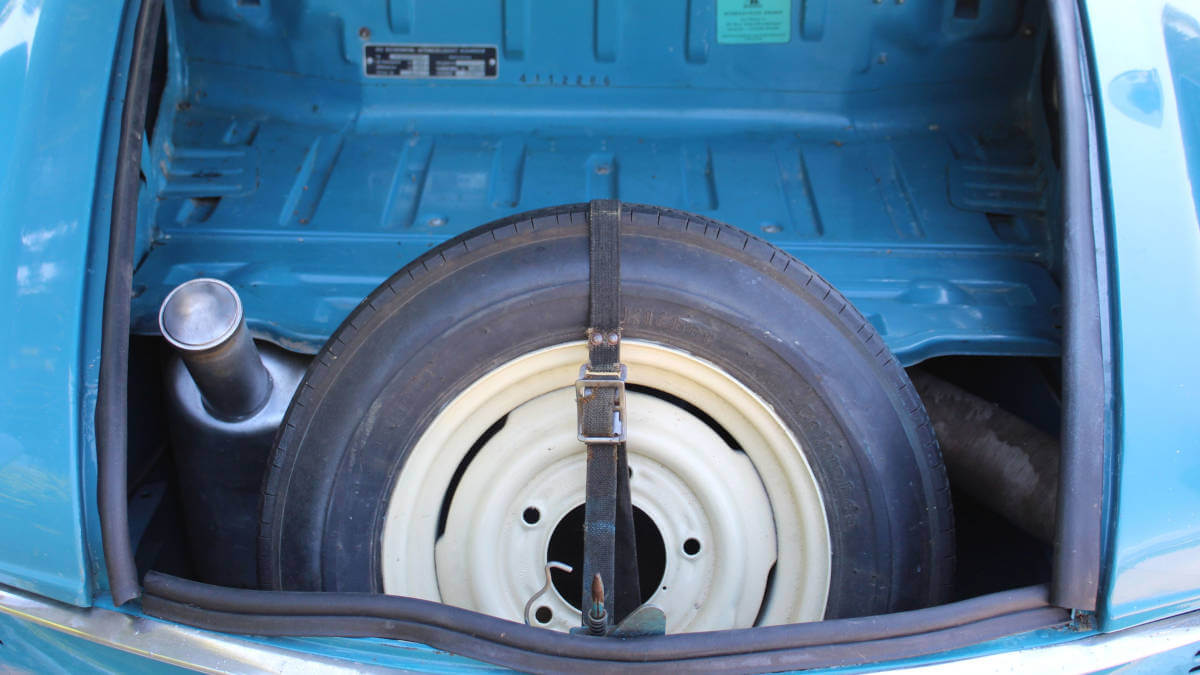

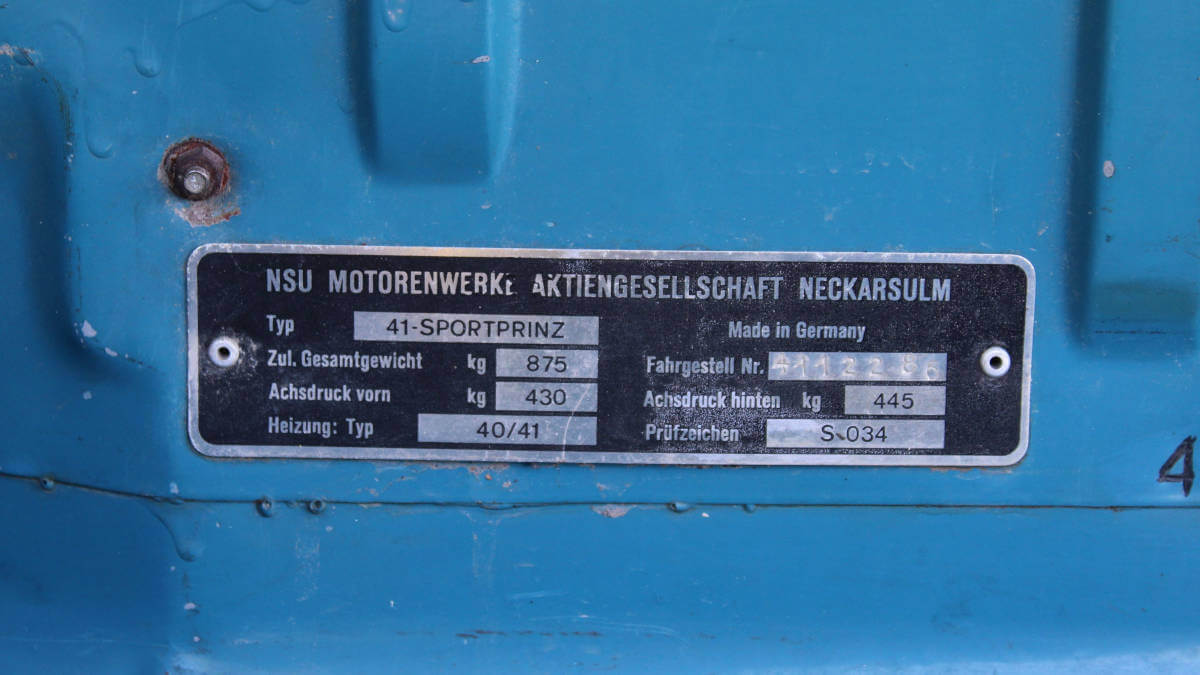

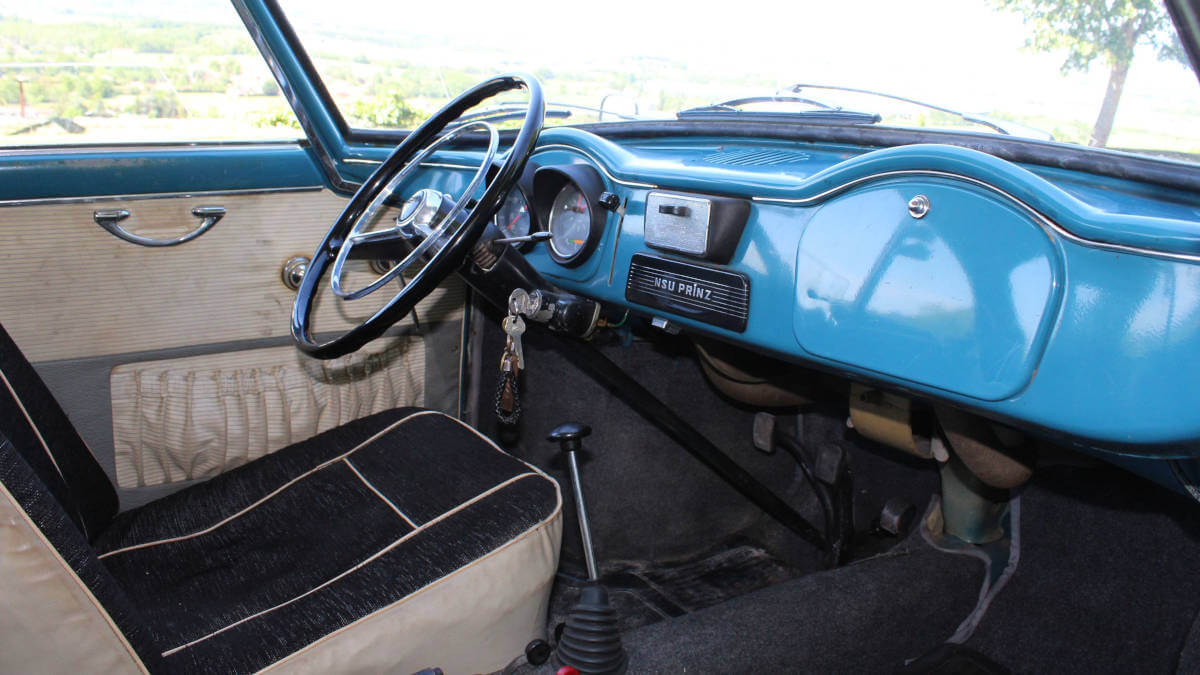

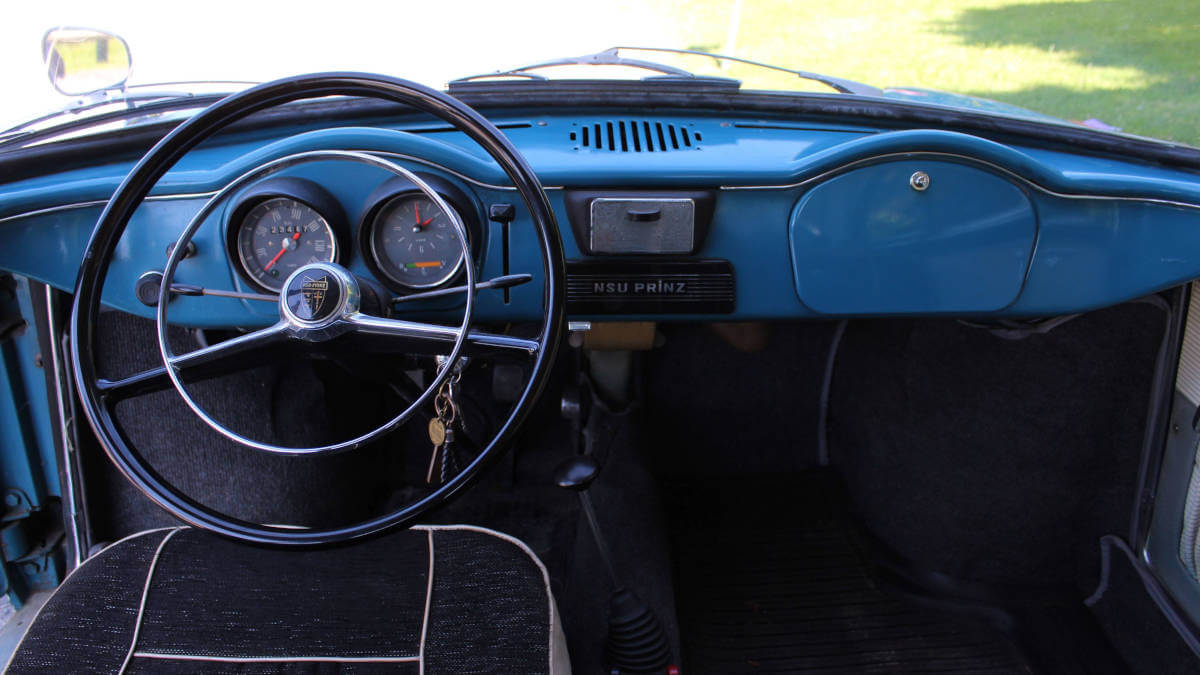

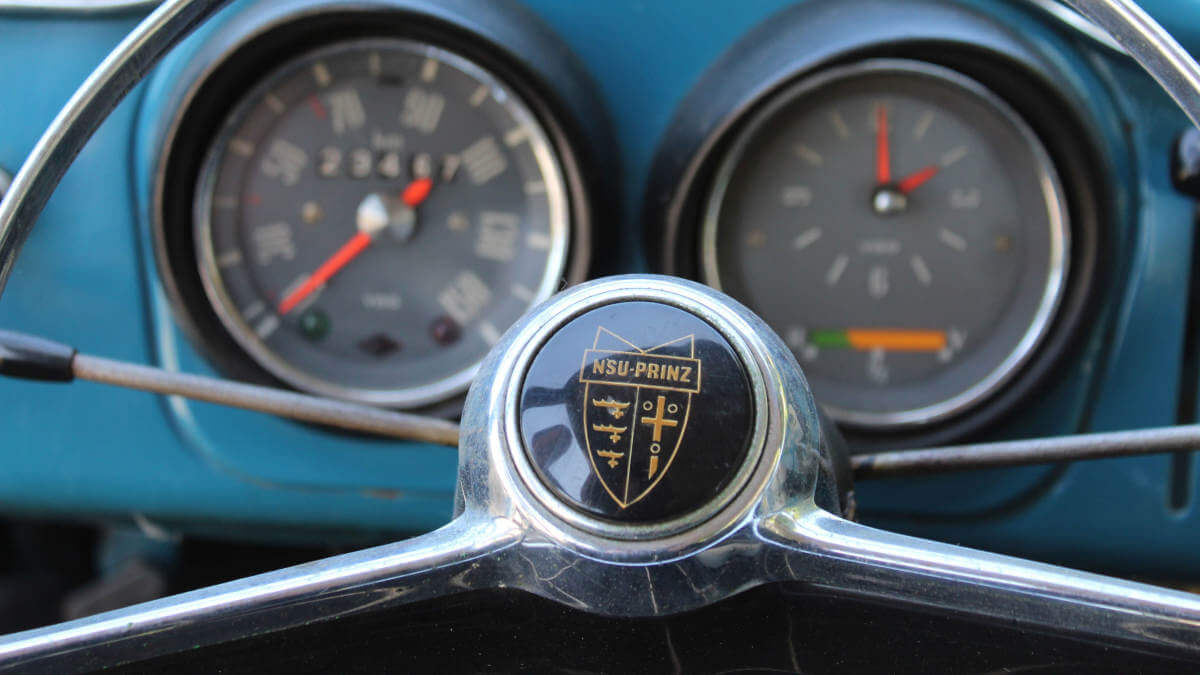

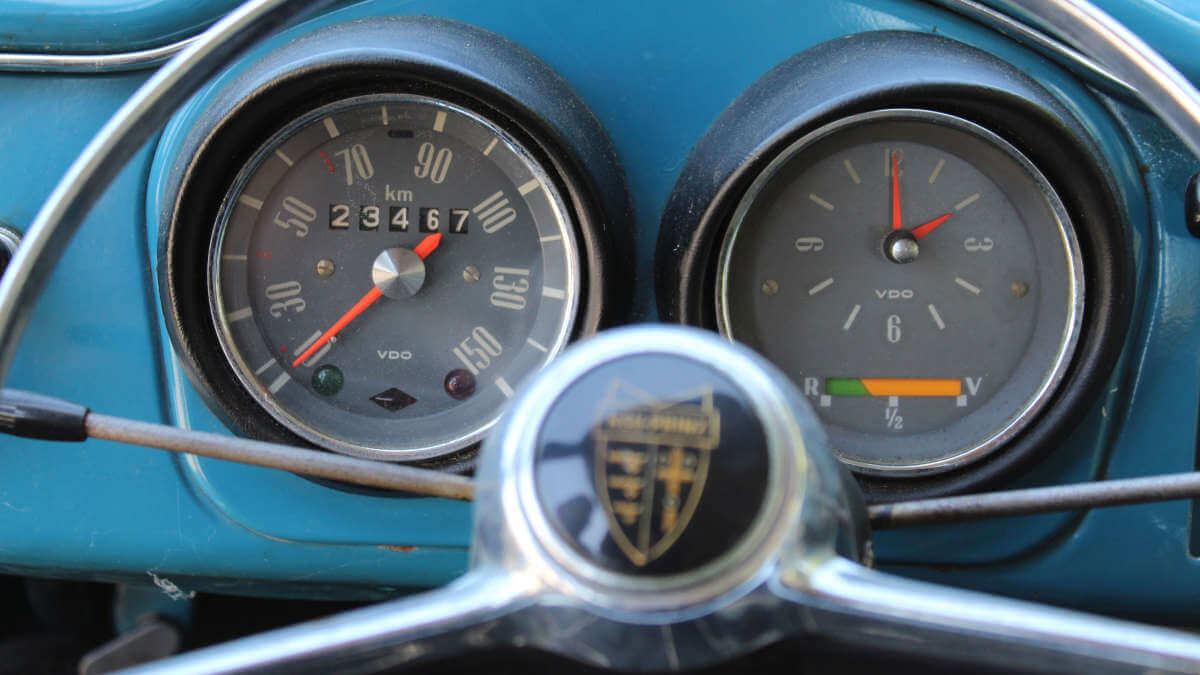

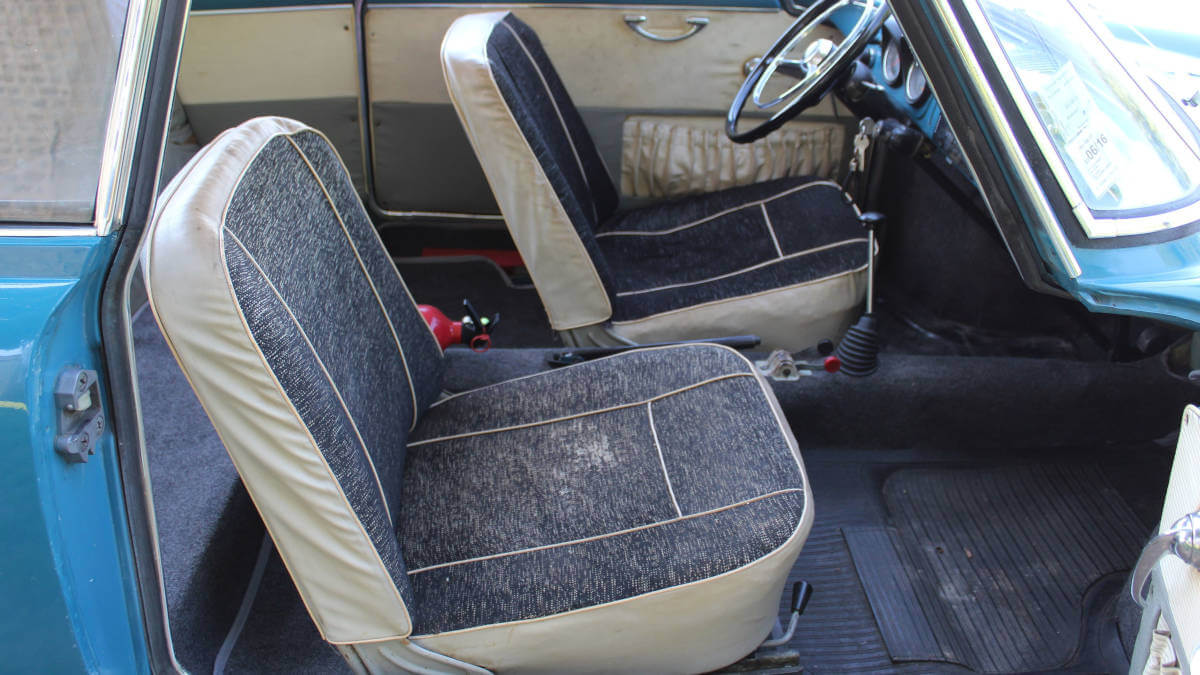

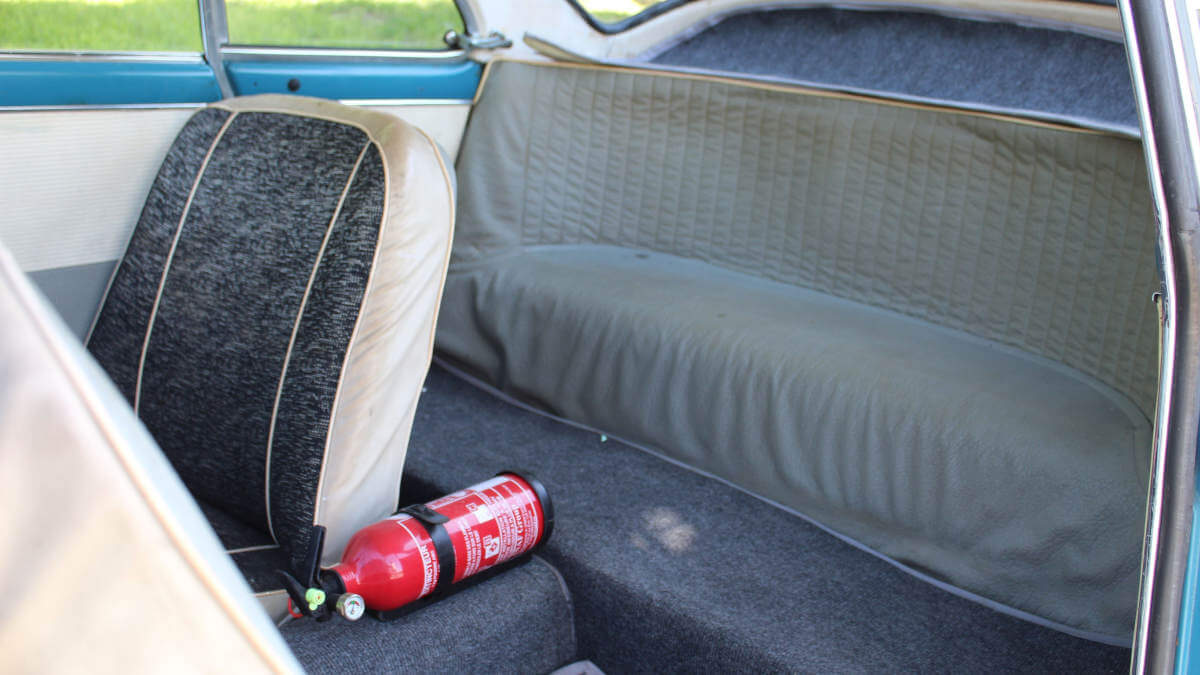

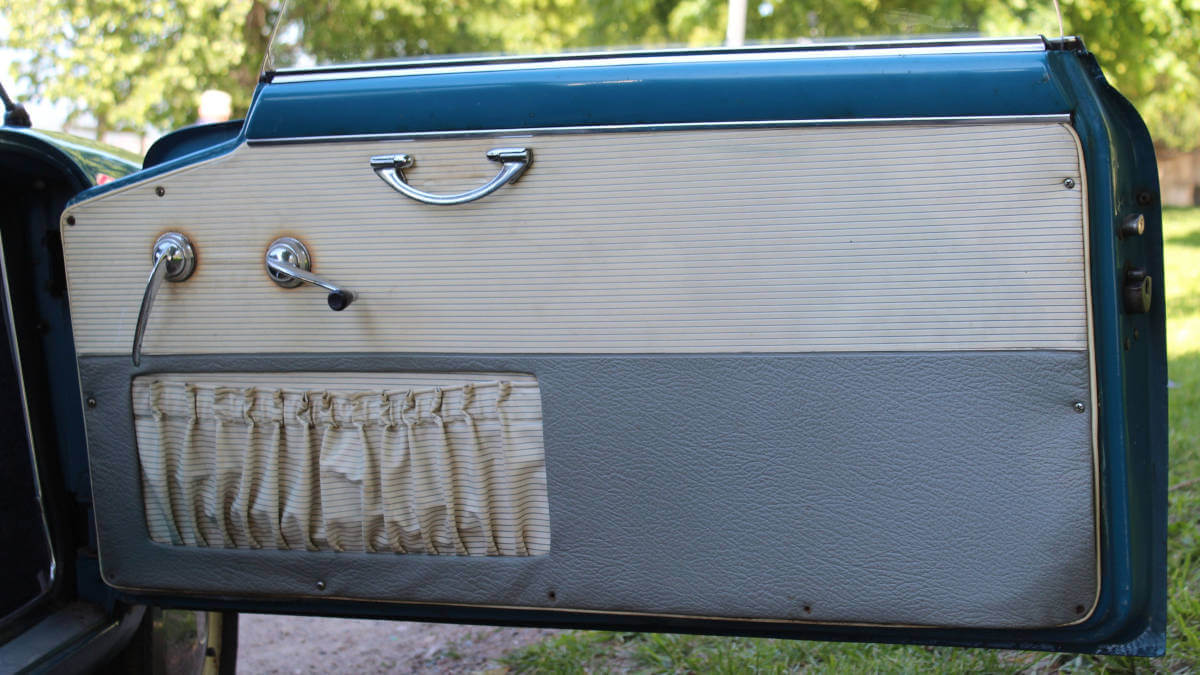

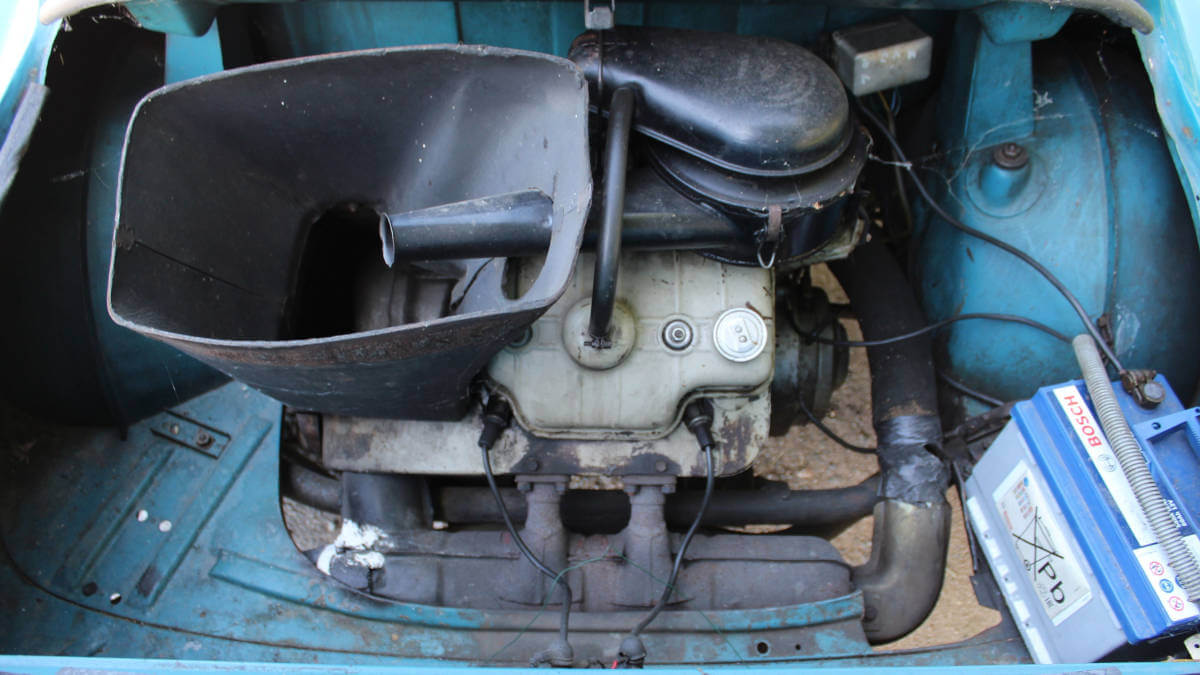

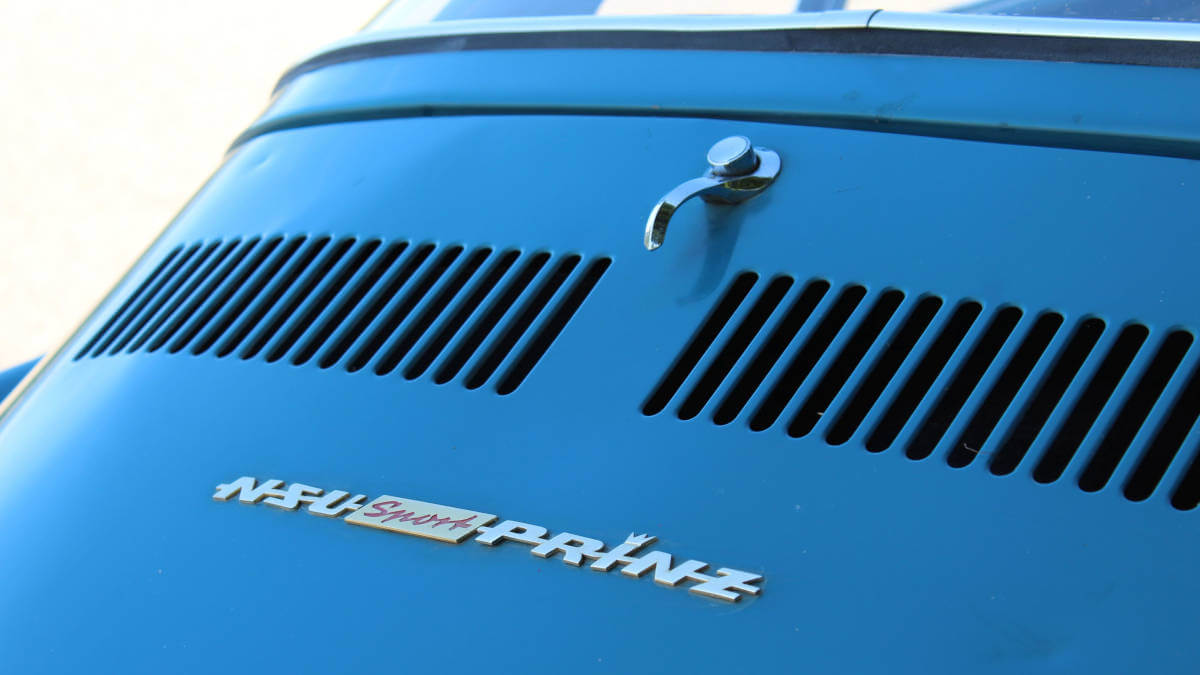

Initially partially produced at Bertone
To offer customers the most elegant design possible, NSU teamed up with Bertone in Italy. Under the direction of the then chief designer Franco Scaglione, the result was a racy coupé with a sharply sloping roofline that led to a hatchback. Inside, there were two full-size front seats and a well-cushioned rear bench with little headroom. Initially, the Prinz II’s chassis was tucked under the body. Added to this was the powerplant of the Prinz 30, introduced in early 1959, with higher compression and 22 kW/30 hp. In the course of the production period, there were numerous further developments. For example, starting in the fall of 1960, the Prinz III chassis moved in with an additional front stabilizer bar and air cushions in the coil springs of the rear swing axle. At the beginning of 1961, NSU increased the displacement from 583 to 598 cc, although power was retained. Initially, production of the painted bodyshells took place at Bertone. Trucks then transported them to NSU in Neckarsulm for final assembly.
Sport Prinz at Artcurial
After about 2,700 units, however, body production was moved to Drauz in Heilbronn. A total of 20,831 Sport Prinz were built by 1967. With a very similar basic shape, NSU also produced the first series-produced vehicle with a rotary engine, the two-seater Spider, starting in 1964. By this time, the company had already withdrawn from motorcycle construction. A second-hand 1963 NSU Sport Prinz will go under the hammer next Monday at Artcurial in Monaco. First owner was someone in St. Tropez. It was only in 2011 that he parted with his beloved coupé, which still wears mostly original paint. The upholstery is also still the first, although parts of the driver’s seat have been restored. The car comes with a thick folder containing various invoices and original stickers. Despite its rarity, Artcurial is only expecting between € 10,000 and € 15,000 as the highest bid. However, the NSU is offered without reserve and is therefore generally awarded at the highest bid.
Images: Artcurial


